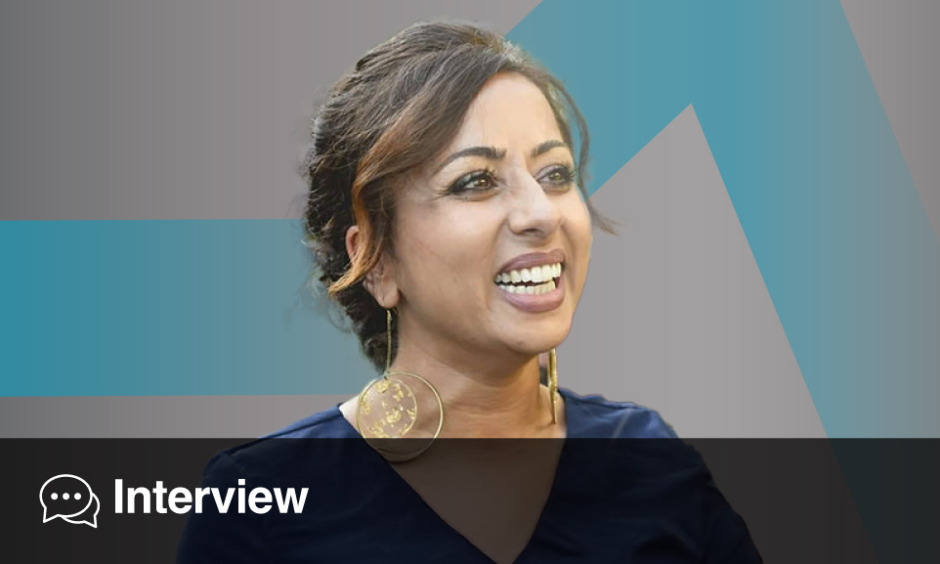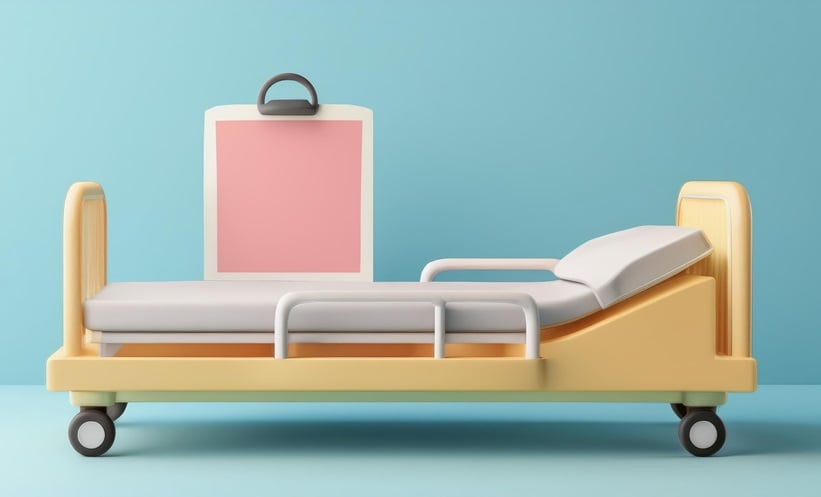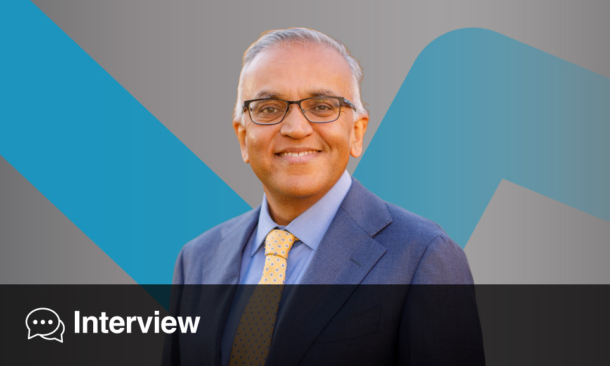Nikita Kanani | General Practitioner, St Johns Medical Centre, London; Founding Team and Chief Strategy and Innovation Officer, Aneira Health, London, UK
Citation: EMJ Innov. 2025;9[Suppl 2]:22-23. https://doi.org/10.33590/emjinnov/ZVBF4963
![]()
You have held pivotal roles in NHS England, from being the first woman appointed as Medical Director of Primary Care to leading the COVID-19 vaccination programme. How have these experiences shaped your vision for primary and women’s healthcare in the UK?
Over the past 2 decades, I’ve worked across policy, clinical leadership, and frontline general practice with one constant aim: to improve care and reduce health inequalities. From helping shape the 5-year contract for primary care, to leading the COVID-19 vaccine programme through some of the hardest days we’ve known, I’ve seen the strength of our health system, but I’ve also seen where it’s falling short, especially for women.
Women’s health has often been treated as an afterthought, disconnected and reactive. During the pandemic, as services shifted to be online, it became even clearer that many women were left without access to the right kind of support at the right time. We know that women often need specialist care that isn’t easily available. In 2022, there were fewer than 9,000 obstetricians and gynaecologists across the UK. We simply don’t have enough provision to meet women’s needs.
Nevertheless, there are hopeful signs. In 2023, Tower Hamlets launched a Women’s Health Hub providing primary care support for women at a neighbourhood level. It led to a 60% reduction in referrals to secondary care, and waiting lists dropped by 30% in just a few months. That’s the kind of change we need to see everywhere. I truly believe that if we take a community-first approach and design care that fits a woman’s whole life, we’ll see transformations on a national scale.
At HLTH Europe 2025, you spoke on the session “Mind the Gap – Closing the Care Divide for Women.” What do you see as the most urgent gaps to address?
The biggest issue is that women have been made invisible by the systems designed to care for them. Medicine has, for too long, been built around the male body. This means that everything from diagnosis to treatment to clinical research has had to be retrofitted for women. However, a woman’s physiology (our hormones, our genes, the way we experience illness, etc.) is different. So, it’s no surprise that we’re underdiagnosed, misdiagnosed, or dismissed.
Add to that racial inequities, and the picture becomes even starker. Most research still centres around White physiology. Black and Asian women face worse health outcomes and poorer care, which damages trust and leads to more women falling through the cracks. The maternal mortality rate for Black women in the UK is nearly four times higher than it is for White women. That is unacceptable.
Overall, women’s health is still far too fragmented. We treat symptoms without looking at the bigger picture, and we don’t ask what matters to the woman in front of us: her history, her choices, her goals. In a pressured system like the NHS, we default to firefighting, but if we want to close these gaps, we have to take a different path.
What systemic changes are needed to close these gaps?
We need to start again, and rewire how we think about and deliver care. That means better data, accessible diagnostics, and new delivery models that are built around real lives.
At Aneira Health, London, UK, we create personalised care plans based on the individual. No two women are the same. Women’s health isn’t niche; it’s foundational. It impacts families, communities, and economies. That’s why we partner with the NHS and organisations such as Guy’s and St Thomas’, London, UK, to build better models of care, and to show how technology can help us close the gap between research and reality.
As Chief Strategy and Innovation Officer and a founding member of Aneira Health, how does Aneira use AI to accelerate diagnosis for women with complex conditions like endometriosis or polycystic ovary syndrome?
We start every woman’s care journey with a full picture of her health. That includes blood markers, hormone levels, vitals, and a whole-genome DNA test. Our AI looks for patterns and risks, such as whether a woman might be more likely to develop polycystic ovary syndrome or heart disease, and helps us get ahead of problems before they escalate.
We also use AI to build personalised care plans. That means less admin for clinicians and more time for real connection and conversation. We’ve trained our open-source large language model on clinically authored women’s health content, and it now outperforms generalist AI models on advanced clinical questions. It even passes the Membership of the Royal College of Obstetricians and Gynaecologists (RCOG) exam, which is the toughest in the field. This isn’t just about clever tech. It’s about changing the game for women who have been overlooked for too long.
As a UK delegate to the United Nations (UN) Entity for Gender Equality and the Empowerment of Women, how do you see the global conversation around gender equity in health evolving, and what lessons can the NHS learn from international efforts?
The global picture is complex, but the message is clear: being born a woman has a deep and lasting impact on health outcomes. Social and cultural factors shape every stage of our lives. Right now, in many countries, women’s rights are being rolled back. We saw it with the reversal of Roe versus Wade in the USA. We can’t take progress for granted.
In some countries, the biggest issue is access. In others, it’s safety, stigma, or affordability. What I’ve seen, both at home and through my work with the UN, is that the conversation is shifting. There’s more focus on education, prevention, and care rooted in communities, just like the NHS long-term plan recognises.
It’s not quick work, but with urgency, collaboration, and courage, we can build a system that truly serves women, both here in the UK and around the world.
Reflecting on your experience at HLTH Europe 2025, what are the three most significant insights you’ve taken away?
First, there’s real momentum now behind women’s health. It’s no longer on the sidelines. It’s at the heart of conversations about innovation, investment, and care delivery. That’s powerful.
Second, we need to reframe how we value women’s health. It’s not just something that is ‘nice to have’, but something central to a thriving society and economy. To unlock change, we need to bridge the gap between policymakers, healthcare systems, and the innovators creating the tools we need.
Finally, we must look at women as whole people, not just through the lens of fertility or menopause, but as complex, connected beings with stories, histories, and ambitions. Real change will only come when our systems reflect that truth, and when every woman in every community can access care that understands her and works for her.








